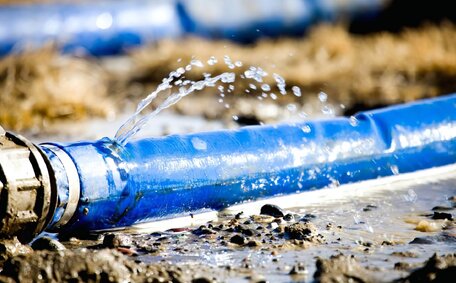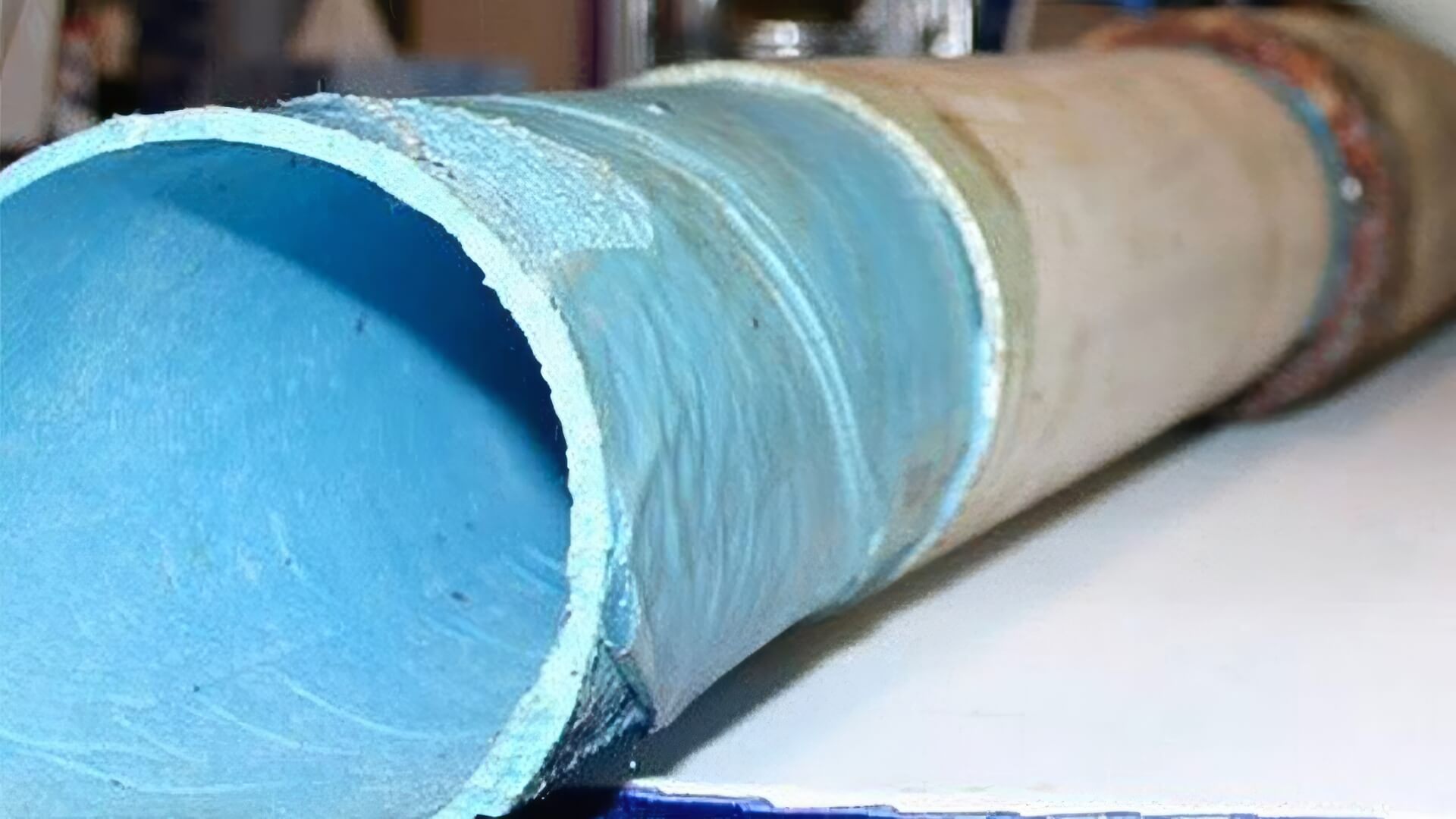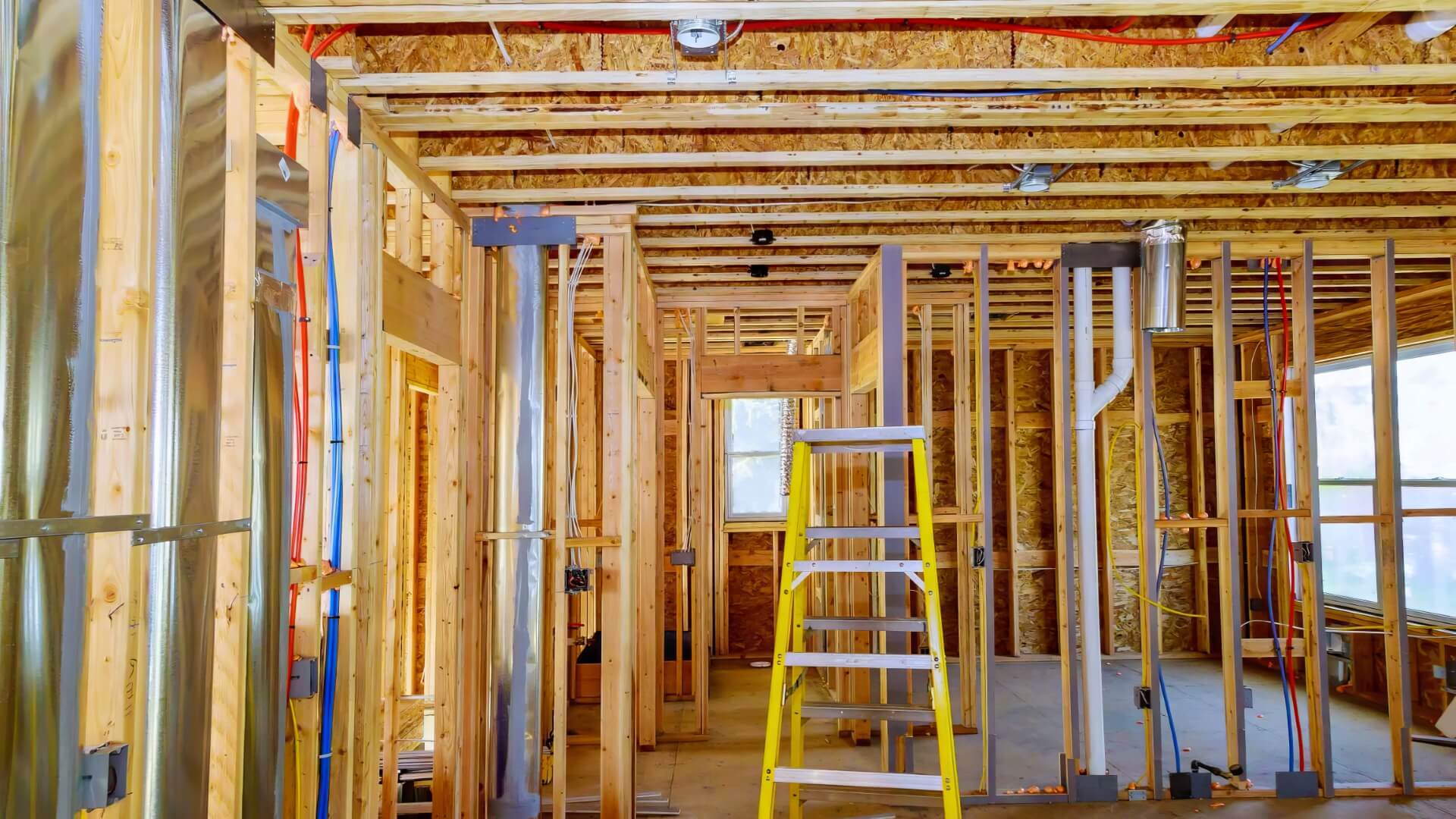Introduction to Blocked Drain Emergencies
Blocked drains, if not promptly addressed, can escalate into emergencies. Clogged pipes obstruct wastewater flow, resulting in backups and flood risks in your home. This flooding can cause urgent issues impacting the entire home, such as water damage, sewage contamination, and potential health hazards.
It’s crucial to promptly address a blocked drain by removing the clog and disinfecting affected areas. This article provides guidance on managing a blocked drain emergency, offering temporary home solutions and advice on when to seek an emergency plumber.
Swift action to clear drain blockages, coupled with professional help when necessary, can prevent issues such as sewage overflow, basement flooding, or a total cessation of drainage. Following these best practices ensures the appropriate handling of blocked drain emergencies.
Recognizing Signs of a Drain Blockage Needing Emergency Attention
Certain signs indicate a clogged drain requiring immediate attention:
- Sewage backflow - Grey or black water overflowing from drain openings signals a complete or partial blockage.
- Very slow drainage - Drainage taking over 30 minutes in sinks, tubs, showers, or toilets usually signifies an obstruction.
- Gurgling sounds - Loud, repetitive gurgling noises coming from plumbing fixtures attempting to drain suggest blockages.
- Foul sewage odours - Bad smells emanating from drains or fixtures typically mean pipe obstructions and stagnant wastewater buildup.
Experiencing any of these symptoms usually indicates a severe clog that calls for emergency drain cleaning services. Substantial blockages in the sewer line can quickly flood homes with sewage, cause extensive water damage if left unchecked, and create health issues.
If these signs are apparent, contact emergency plumbing services promptly to avert additional damage to your property.
DIY Solutions for Minor Blockages
For minor clogs without significant backup or damage, you can try safe, straightforward DIY methods to clear drains before involving a professional.
Using a Plunger
Plunging can effectively dislodge minor clogs in your kitchen sink, tub, or toilet drains. To use a plunger:
- Fill the blocked sink or tub with enough still water to cover the drain opening. For toilets, ensure the plunger cup forms a tight seal over the hole within the pipe at the base of the bowl.
- Work the plunger straight up and down rapidly 10-15 times in quick succession, putting your weight behind each plunge.
- Flush the toilet or drain the sink/tub, running water steadily for 30 seconds thereafter to help clear any remaining debris.
- Repeat as needed, refilling water level after each round.
Avoid excessive force when plunging to prevent pipe damage. If the clog persists after a few plunging attempts, try another method.
Baking Soda and Vinegar
Combining baking soda and vinegar creates a chemical reaction producing pressurised fizz and heat. When poured down a drain, this can break up minor buildups of organic matter like hair, grease, and soap scum.
- Pour 1⁄2 cup (125g) baking soda down the affected drain, chasing it with 1 cup (250ml) heated white vinegar.
- Allow the mixture to fizz for 5-10 minutes before rinsing with hot water for a minute.
- Repeat as needed, limiting applications to avoid corrosion.
DIY solutions likely won’t clear major obstructions like tree roots or collapsed pipes. If water remains after several attempts, it’s time to contact a plumber to professionally clear the blockage.
Calling a Professional Plumber for Severe Blockages
Attempt DIY solutions only for minor drain clogs, as complex obstructions necessitating professional gear can rapidly become emergencies if ignored.
Call an emergency plumber soon if you experience:
- Foul odours permeating walls and fixtures
- Flooded rooms or basements
- Multiple drains/toilets completely stopped up
- Previous DIY efforts unsuccessful
We possess industrial hydro jetting and drain augering tools to dismantle tough clogs and remove tree roots, grease buildup, collapsed piping, and other major obstructions.
Prompt contact with emergency plumbing services during a drain back-up can help avoid further complications:
- Avert sewage contamination and related health risks
- Restore proper drainage across your entire plumbing system
- Identify and address underlying plumbing issues
Avoid delays, as minor concerns can swiftly progress into substantial flooding disasters. Prompt emergency plumbing assistance ensures home safety, cleanliness, and the restoration of plumbing fixtures.
Health Risks of Sewage Backups
Sewage backups release harmful bacteria, viruses, parasites, and toxic gases. Contact with contaminated water can lead to infections affecting the gastrointestinal tract, respiratory system, eyes, skin, and beyond. Hazards include:
- E. Coli - Causes vomiting, severe cramping and diarrhoea.
- Hepatitis A - A serious liver infection.
- Gastroenteritis - Stomach and intestinal inflammation.
- Dysentery - Severe diarrheal disease.
- Cholera - Rare in Australia but very serious.
- Salmonella - Food poisoning with fever, cramps and vomiting.
Wastewater releases hydrogen sulphide, whose odour is reminiscent of a malfunctioning gas hot water system. Inhaling the rotten-egg odour at high levels can kill quickly. Lower concentrations cause headaches, dizziness, nausea and other ill effects.
Avoid sewage contact, thoroughly wash exposed body parts, clothing and contaminated surfaces with soap and hot water. Seek immediate medical attention as needed. Call Balmain Plumbing to safely handle the hazard and make any necessary repairs.
Preventing Future Drain Blockages
To prevent recurring blockages, adopt sensible household habits and schedule regular maintenance.
Daily Precautions
- Avoid disposing of fats, oils, or grease down the drain as they solidify and coat pipes.
- Collect food scraps, coffee grounds and loose hair to put down in compost or rubbish bins instead of drains.
- Employ sink strainers and cover drains while rinsing debris-releasing items.
Wise Flushing Habits
Avoid flushing anything except human waste and toilet paper. The most common products labelled as flushable like baby wipes don’t break down and catch in pipes.
Regular Maintenance
Over time, soap scum, minerals and other accumulations narrow pipes. Professional hydro jetting every two to three years can effectively remove pipe buildup. Technicians should also check for:
- Deteriorating fixtures releasing corroded metal or mineral particles within pipe systems
- Cracked pipes allowing debris and roots to enter
- Misaligned joints and blockages at bends
By adhering to these do’s and don’ts, you can maintain unobstructed drainage and avert emergency blockages and sewage backups.






